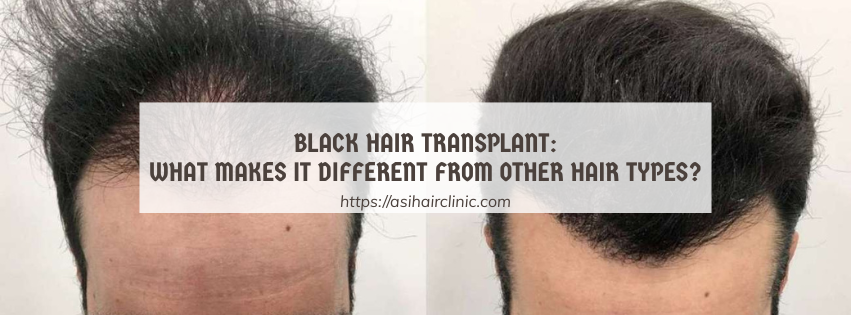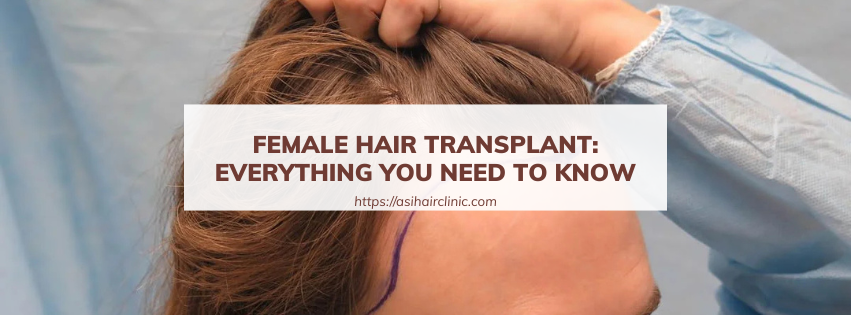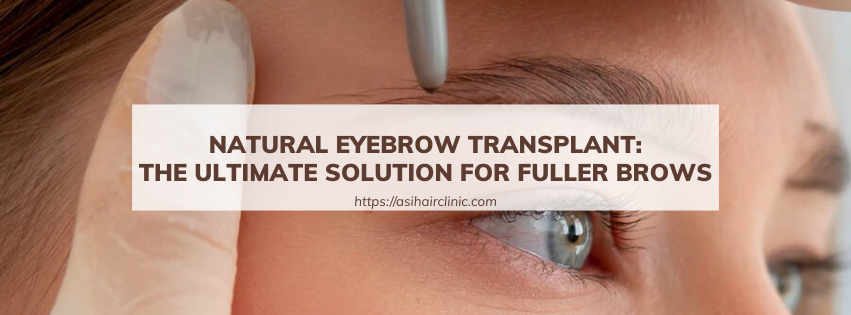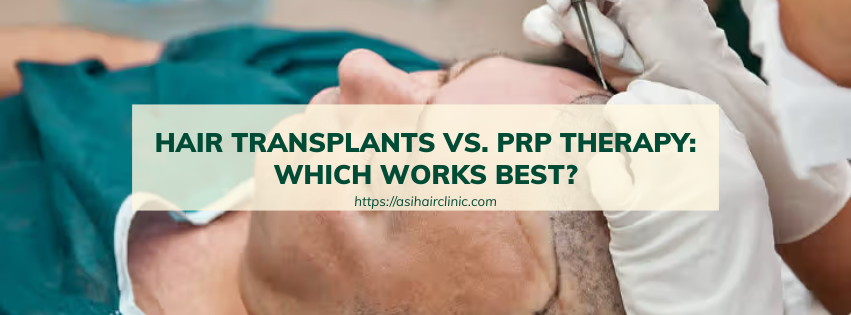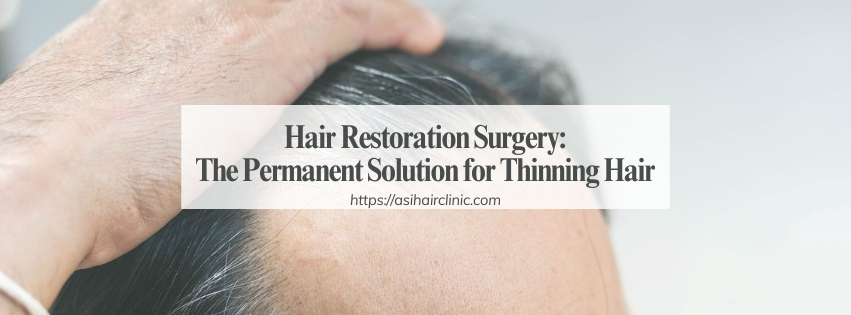Hair Transplant Density: The Secrets for Dense Hair
Achieving a natural, dense look is one of the most important goals for anyone undergoing a hair transplant. Hair transplant density refers to how many hair grafts are placed in a specific area of the scalp, directly affecting the overall appearance of fullness. The right density can make all the difference between a natural-looking result and a sparse one. But what exactly determines the ideal density, and how can it be achieved? In this article, we’ll explore the secrets to obtaining dense hair through hair transplantation, from the techniques used to the expertise required, ensuring you get the best possible outcome.
1. What is Normal Hair Density?
Understanding what constitutes normal hair density is crucial for anyone contemplating a hair transplant. Hair density refers to the number of hair follicles present per square inch of scalp. Generally, a healthy scalp is home to between 100,000 and 150,000 hair strands, contributing to a full head of hair that many desire. However, this number fluctuates based on various factors such as age, genetics, and ethnicity.
Hair density is not uniform across the scalp; certain regions exhibit different densities. For instance, the frontal hairline often has a higher density compared to the crown area. Being aware of these nuances can help set realistic expectations for both individuals considering a hair transplant and the specialists conducting the procedure.
Examining your own normal hair density serves as a baseline for understanding the potential outcomes of a hair transplant. Consulting with a skilled hair restoration specialist can provide insights into your unique hair characteristics and inform you about what you can realistically achieve through transplantation.
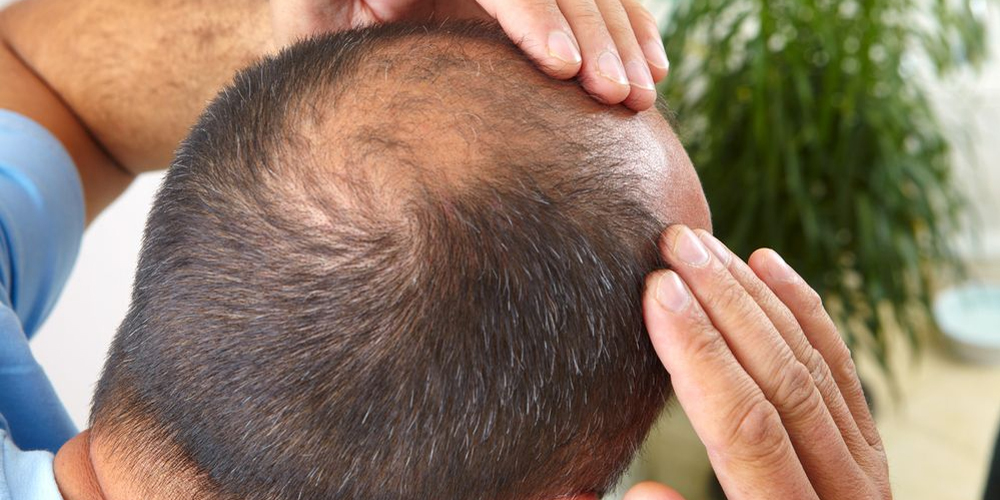
1.1. The Importance of Hair Density
Having a fuller, denser head of hair is often associated with youthfulness and vitality. It enhances one's appearance and can significantly boost self-confidence. On the contrary, reduced hair density might lead to feelings of insecurity or anxiety about one’s looks.
Hair density impacts how light reflects off the hair, influencing its perceived thickness and overall aesthetic. Individuals with high-density hair are likely to enjoy more styling versatility, which can further empower them in their daily lives.
1.2. Genetics, Age, and Ethnicity
Genetics play a vital role in determining both natural hair density and susceptibility to hair loss. If your family has a history of thick hair, there's a good chance you may inherit those traits. Conversely, if hair thinning runs in your family, you may find that you're predisposed to similar patterns.
Age is another significant factor; hair density naturally diminishes over time due to hormonal changes and the aging process of hair follicles. Ethnicity can also influence hair density; studies have shown differences in follicle count and hair growth patterns across various ethnic backgrounds.
1.3. Hormonal Changes and Overall Health
Hormonal fluctuations, particularly in women during pregnancy or menopause, can cause temporary reductions in hair density. Stress and underlying health conditions can further exacerbate hair thinning. Nutritional deficiencies also play an essential role-insufficient intake of vitamins and minerals like iron and biotin can weaken hair follicles and accelerate shedding.
Being proactive about maintaining a healthy lifestyle and seeking professional advice can help mitigate some of these factors. As such, establishing a clear understanding of your unique circumstances is important before opting for a hair transplant.
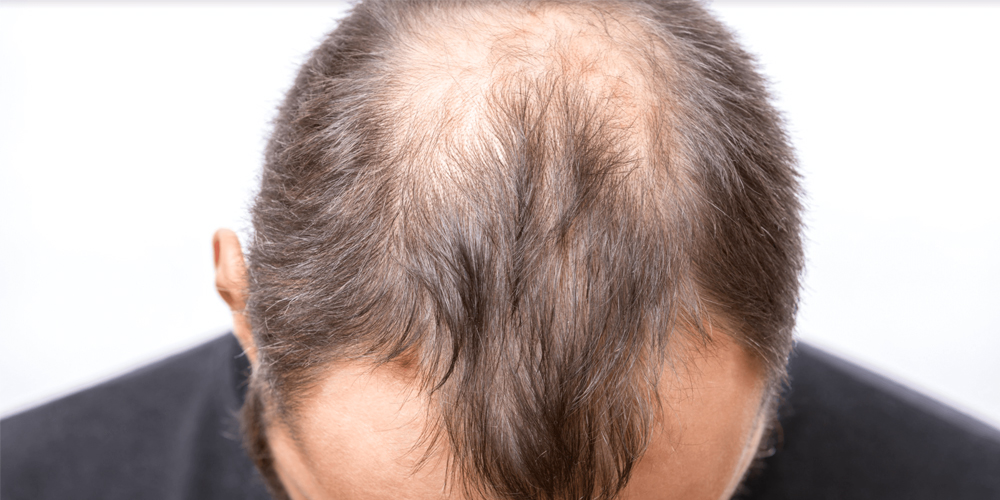
2. What Can Reduce Hair Density?
The journey toward achieving optimal hair density can be thwarted by numerous factors. Understanding the primary culprits behind reduced hair density is pivotal for developing effective treatment strategies and achieving the desired results from any hair restoration intervention.
2.1. Androgenetic Alopecia
Androgenetic alopecia, commonly known as male or female pattern baldness, is the most prevalent cause of hair loss among both genders. This hereditary condition is influenced by genetics and hormones, particularly dihydrotestosterone (DHT), which triggers the miniaturization of hair follicles.
As DHT levels increase, hair follicles shrink, leading to thinner hair and, ultimately, baldness. This type of hair loss follows a predictable path: men typically experience a receding hairline combined with thinning at the crown, while women often see diffuse thinning throughout the scalp.
2.2. Telogen Effluvium
Telogen effluvium is characterized by widespread shedding of hair, often triggered by stressors such as medical procedures, hormonal changes, or severe illness. Unlike other forms of hair loss, telogen effluvium is generally temporary. Once the underlying issue is resolved, normal hair growth usually resumes.
However, recognizing the signs early on can help individuals manage their condition better. Keeping track of stress levels and potential triggers is advisable, as this awareness empowers individuals to take control of their hair health.
2.3. Alopecia Areata and Scarring Alopecia
Alopecia areata is another form of hair loss resulting from an autoimmune response where the body mistakenly attacks hair follicles, causing patchy hair loss. While the exact cause remains elusive, it can manifest differently-from small patches to total hair loss-and recovery times can vary significantly.
Scarring alopecia represents a more permanent form of hair loss due to irreversible damage to hair follicles caused by conditions such as infections or trauma. Recovery from scarring alopecia can be challenging, making prevention and timely intervention critical.
2.4. Nutritional Deficiencies and Medical Conditions
Malnutrition can severely affect hair density. A lack of essential nutrients-such as iron, zinc, and protein-can lead to weakened hair follicles. Incorporating a balanced diet rich in vitamins and minerals is crucial for sustaining hair health.
Certain medical conditions, such as thyroid disorders and lupus, can also result in hair thinning. Effective management of these underlying issues is key to addressing hair density concerns.
2.5. Medications and Stress
Various medications, including blood thinners and chemotherapy drugs, can come with side effects that include hair thinning. Engaging in open discussions with healthcare providers regarding medication side effects can help mitigate risks.
Stress serves as another significant contributor to reduced hair density. Chronic stress can disrupt hair growth cycles, leading to increased shedding. Emphasizing self-care and stress-reduction techniques can promote a healthier environment for hair growth.
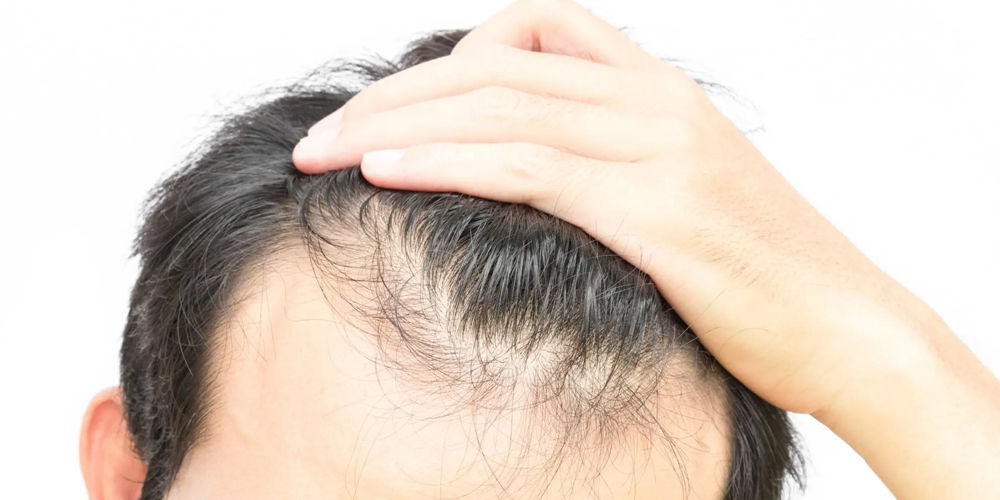
3. What Treatments Can Work for Increasing Hair Density?
Addressing hair thinning and improving hair density involves a range of treatment options tailored to individual needs. These methods may be used alone or in combination, depending on the root cause of hair loss.
3.1. Medications
Medications represent a frontline defense against hair loss. Minoxidil (Rogaine) is an FDA-approved topical treatment that stimulates hair follicles, promoting hair regrowth. Suitable for both men and women, its long-term efficacy depends on consistent use.
Finasteride (Propecia) is another oral medication specifically designed for men suffering from androgenetic alopecia. By inhibiting DHT formation, it helps prevent further hair loss. A thorough discussion with a healthcare provider can clarify whether these medications are appropriate for your specific situation.
Other medications may be prescribed based on the underlying cause of hair loss, such as corticosteroids for autoimmune conditions or immunomodulators.
3.2. Platelet-Rich Plasma (PRP) Therapy
Platelet-rich plasma therapy has gained popularity for its ability to stimulate hair growth. This innovative treatment entails extracting a patient’s blood, processing it to concentrate the platelets, and injecting it directly into the scalp. The platelets contain growth factors that can invigorate dormant hair follicles and improve scalp health.
While PRP therapy can enhance results when used alongside other treatments, it's essential to consult qualified professionals to ensure proper administration.
3.3. Low-Level Laser Therapy (LLLT)
Low-level laser therapy is another adjunct treatment option gaining traction. This non-invasive method utilizes low-level lasers to stimulate hair follicles, encouraging regrowth. Home-use devices are available, as well as professional treatments in clinics.
Although LLLT is not a standalone solution, it can complement other treatments, especially for individuals facing androgenetic alopecia.
3.4. Hair Transplant Surgery
For individuals seeking a permanent solution to hair loss, hair transplant surgery has proven effective in restoring density. This procedure involves harvesting healthy hair follicles from a donor area (usually the back of the scalp) and transplanting them into thinning or balding areas.
The success of a hair transplant heavily relies on several interconnected factors, including the skill of the surgeon, the quality and quantity of donor hair, and the patient’s individual characteristics. Each case is unique, and careful planning is vital to achieve the desired outcome.
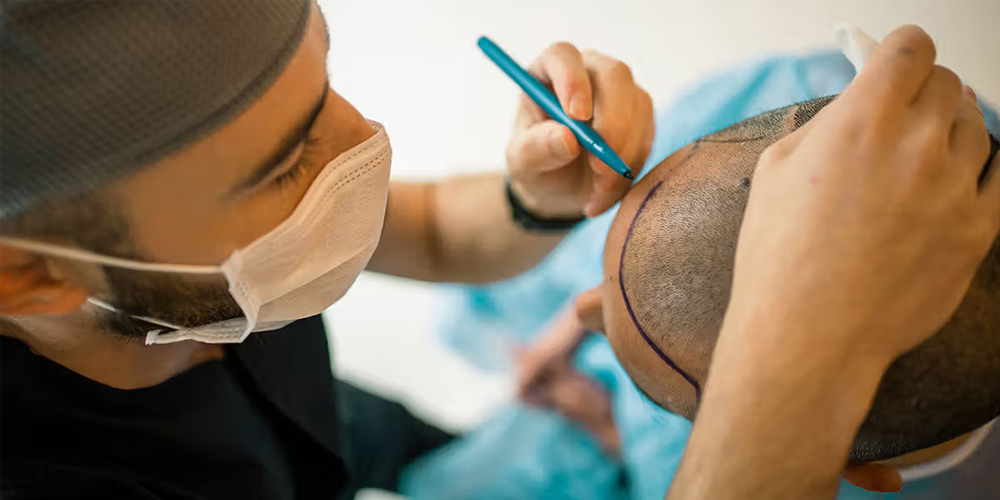
3.5. Lifestyle Changes
In addition to medical treatments, lifestyle modifications can significantly impact hair density.
- Diet: Eating a balanced diet rich in essential nutrients is foundational for maintaining healthy hair. Focus on consuming adequate protein, vitamins, and minerals to nourish hair follicles.
- Stress Management: Incorporating stress-reducing practices such as yoga, meditation, and regular exercise can help create an ideal environment for hair growth. Managing stress effectively is crucial for overall well-being and hair health.
- Scalp Care: Regular scalp care, including gentle massages, can improve blood circulation to the follicles. Using suitable hair products tailored to your hair type can elevate scalp health, fostering a conducive environment for hair regrowth.
4. What is Required for a Good Result with a Hair Transplant for Hair Density?
Achieving optimal hair density following a hair transplant is contingent on multiple interrelated factors. A successful procedure requires meticulous planning, skilled execution, and a thorough understanding of the patient’s individual characteristics.
4.1. Skillful Surgeon
The expertise of the surgical team is paramount. An experienced surgeon can drastically influence the final outcome of the procedure. They should possess a comprehensive understanding of various transplant techniques and be adept at tailoring the approach to meet each patient’s specific needs.
Researching the surgeon's qualifications, techniques employed, and patient testimonials can provide valuable insights into their credibility and capabilities. Opting for a board-certified surgeon with a proven track record is essential for ensuring natural-looking results.
4.2. Quality and Quantity of Donor Hair
The donor area serves as the source of healthy hair follicles for transplantation. Evaluating the quality of donor hair-considering thickness, texture, and growth patterns-is essential for creating a natural appearance post-surgery.
The quantity of available donor hair plays a significant role as well; the surgeon must assess whether there are sufficient healthy follicles to achieve the desired density. Failing to secure enough grafts can compromise results.
4.3. Grafts and Density Planning
A meticulous graft placement plan is crucial for optimizing hair density. The surgeon assesses the recipient area's characteristics alongside the patient’s unique hair loss pattern to determine the number of grafts required for a dense appearance.
This planning stage also involves deciding on the distribution of grafts to mimic natural hair growth patterns accurately. This attention to detail can significantly elevate the outcome and overall satisfaction with the hair transplant process.
4.4. Post-Operative Care
Post-operative care cannot be overlooked. Adhering to the surgeon's aftercare instructions is vital for ensuring the health of the transplanted follicles. Following prescribed guidelines for washing, treating the scalp, and avoiding strenuous activities can promote healing and support hair density.
Patient education surrounding post-operative care goes hand-in-hand with achieving satisfying results. Open communication with the surgical team allows patients to address any concerns and foster a collaborative relationship moving forward.
Conclusion
In conclusion, embarking on a hair restoration journey necessitates careful consideration and thorough understanding of hair transplant density. Achieving optimal hair density is not merely about the number of grafts transplanted but rather hinges on a multitude of factors including genetics, health, and skillful surgical execution.
By educating oneself about the complexities of hair loss, exploring the variety of treatment options, and consulting qualified professionals, individuals can navigate their way toward a fuller, more vibrant head of hair. Whether pursuing medical treatments, lifestyle changes, or investing in hair transplant surgery, embracing a holistic approach empowers individuals to reclaim their confidence and their crowning glory.
LATEST POSTS

